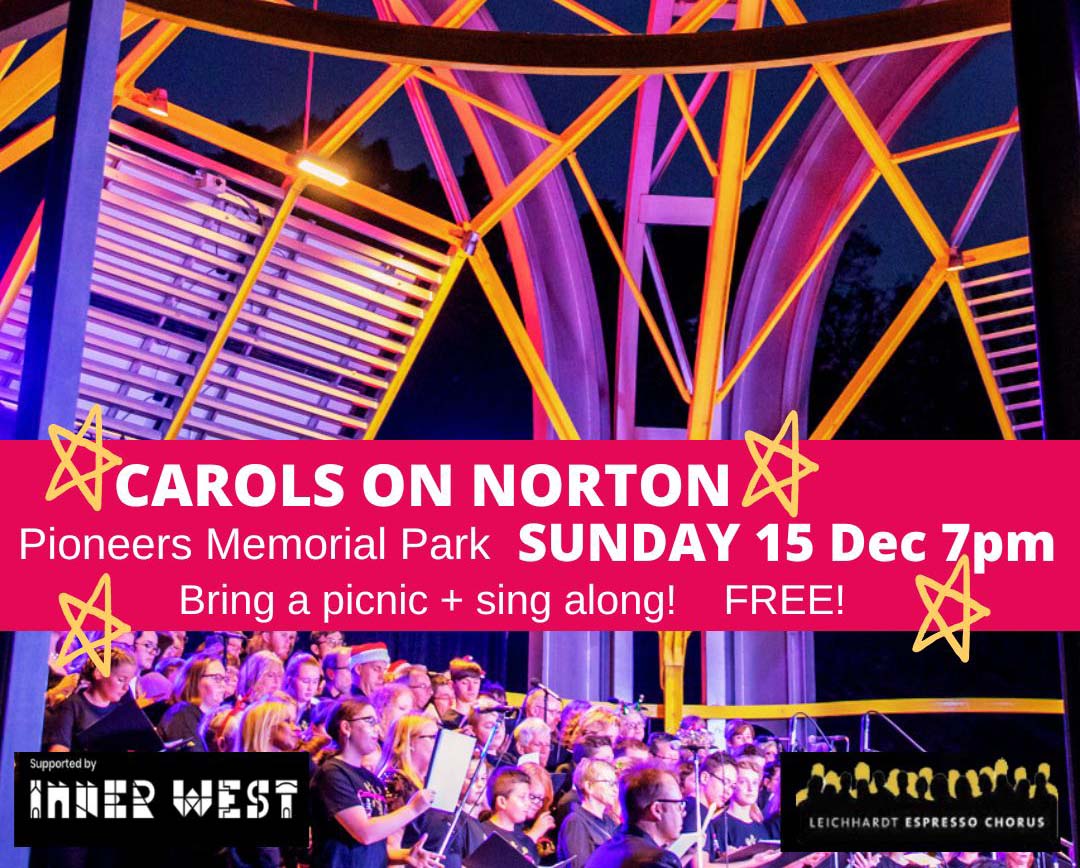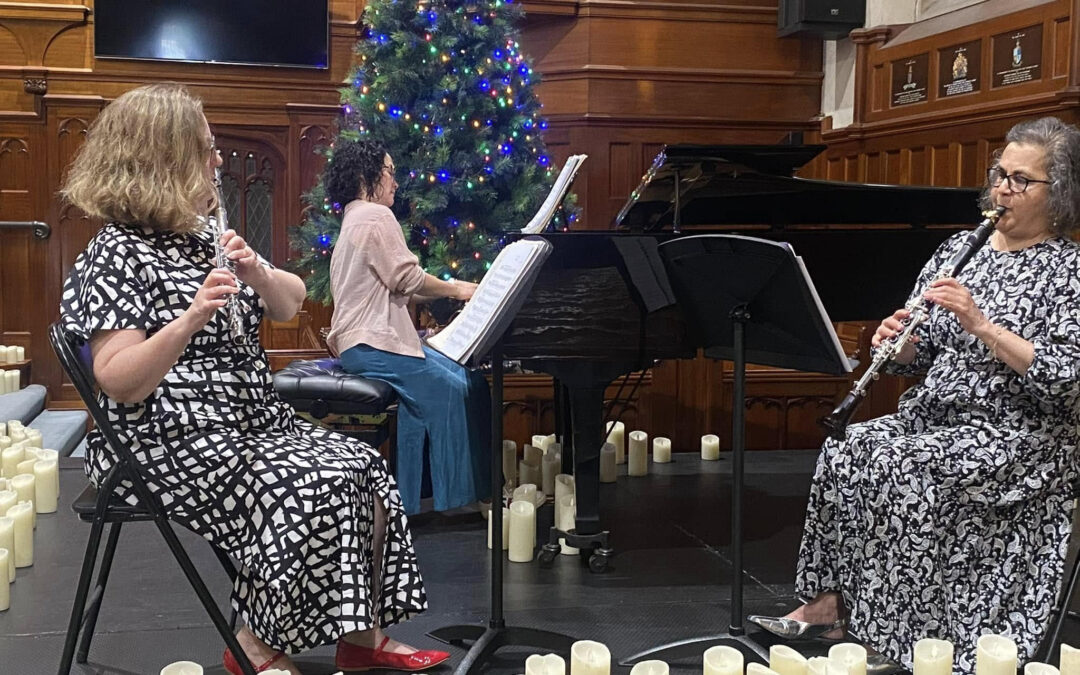Bel a cappella | Sanctus
August 25, 2024, St Augustine’s, Balmain, NSW
There was a frisson of excitement as music lovers crowded into Balmain’s beautiful St.Augustine’s Catholic Church on a warm, cloudy Sunday afternoon. Bel a cappella were to perform with members of the Balmain Sinfonia – both conducted and directed by Monica Buckland. It was Monica’s thoughtful programming and curation that paired Palestrina’s Missa Brevis with Bruckner’s Mass in E minor – the Sanctus of the former inspired that of the latter.
The program was a celebration of the 200th anniversary of Bruckner’s birth and a slight diversion from a cappella singing, as his Mass in E minor had powerful accompanying passages with winds and brass so characteristic of Bruckner.
After the now customary Acknowledgement of Country song Upon a high rock platform by Christopher Sainsbury, commissioned by Bel a cappella in 2023 and beautifully sung by them, Monica Buckland introduced the program. She explained how Palestrina’s Missa Brevis inspired Bruckner, who wrote his Mass in E minor 300 years later.
The performance of Palestrina’s Missa Brevis was a sheer delight. The Kyrie began with the altos singing quietly then building up to the whole choir and ending with the basses.
The Gloria was announced by the powerful voice of James Devenish as cantor from within the choir, who then sang this movement in gracefully flowing polyphony
After the cantor announced the Credo, the whole choir alternated with trios and duets from members within the choir. The choristers’ voices wove and blended beautifully throughout the Mass with, frequent tempo changes reflecting the meaning of the words.
The Sanctus, which so inspired Bruckner, began meditatively, like a choir of angels and again displayed wonderful singing.
We were then treated to the Benedictus, which featured sopranos, altos and tenors from within the choir, singing as a mini motet choir, followed by a glorious Hosannah from the whole choir.
The Agnus Dei was introspective, again with soaring polyphonic passages and angelic singing. It ended quietly and peacefully.
A brief interval followed, where members of the Balmain Sinfonia settled in their positions in front of the choir. Two oboes (Hannah Kovilpilai, Justine Simpkins); two clarinets (Carol Coomber, Ken Burnett); two bassoons (Jeremy Visner, John Fletcher); four horns (Jordan Daly, Kian Shanahan, Rory Hodgson, Robin Beard); two trumpets (Lachlan Cain, Rachael Pearson); three trombones ( Alistair Coomber, Josephine Magnay, Greg Moloney). Bel a cappella came onto stage in a different configuration, and began to sing the beautiful Mass in E minor by Bruckner.

Bruckner’s Mass continued the contemplative mood of the previous Mass, accompanied by the warm, golden sound of horns. The choir’s sweet singing was a contrast to the loud brass, which also included trumpets, trombones and horns.
The Gloria was announced by the cantor, who we heard in Palestrina’s Mass. The choir sang joyfully, accompanied by bassoons and the brass. The Miserere was accompanied by plaintive bassoons. Like Palestrina, Bruckner changed the mood and volume to reflect the meaning of the words.
The powerful Credo displayed the contrasts often heard in Bruckner’s symphonies. Declamatory singing with full volume brass contrasted with sweet angelic voices.
Angelic is also the perfect description of the Sanctus, which appeared to come from a Heavenly choir, reflecting Bruckner’s deep faith. The Benedictus followed in a similar vein, ending in a grand Hosannah.

The Agnus Dei was passionate with a feeling of tragedy. Woodwind arpeggios, reminiscent of birds intermingled with ecstatic harmonies. Dona nobis pacem ended peacefully, accompanied by mellow brass – a fitting request for these, and indeed any times.
Bel a cappella certainly did these two works justice – a wonderful diversion from their pure a cappella style!
Sketches: Heidi Hereth





























